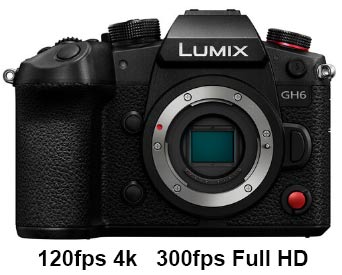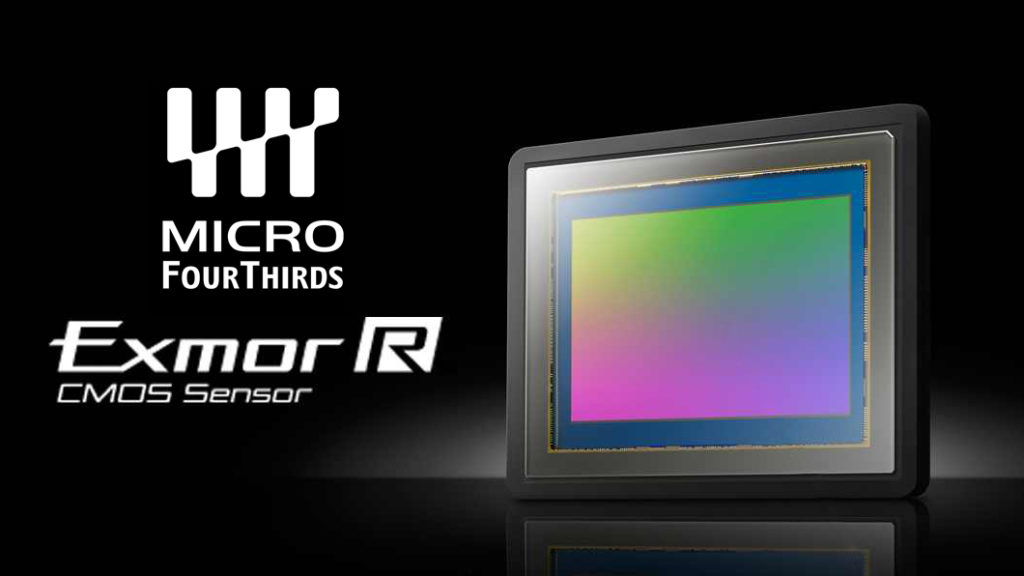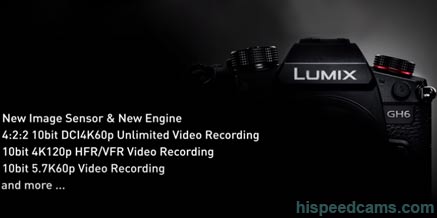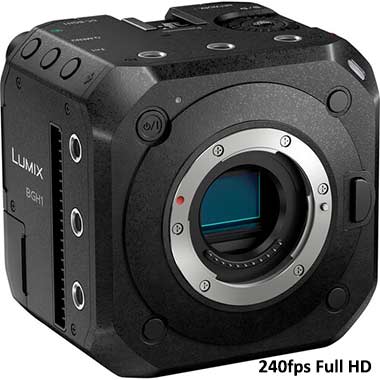As the end of 2020 nears, it’s time to take a look back through the year’s camera releases amid the COVID 19 chaos, and see which delivered on the price/performance bracket with slow motion frame rates as the primary goal. Phone slow motion took a back seat this year as the interest of the feature in phones was subdued or even eliminated. Our Best Slow Motion Cameras Of 2020 have been selected and ordered by recommendation!
We saw some surprises including a mostly affordable 4k slow motion solution and the adoption of 4k 120fps on many cameras which makes us think 240fps at UHD should be something to think about in the coming years as a regular option once 8k video is commonplace on consumer recording devices and TVs. The increase in resolution should theoretically allow for a lot of 4k frame rates to be offered as 8k delivers 4x the pixel count of 4k for any given frame rate. Keep on reading for our 2020 picks!
BEST SLOW MOTION CAMERAS of 2020:
Without further ado here are what we believe are the best value slow motion cameras in their respective categories for the year 2020:
Best Slow Motion Phone Category:
3rd Place) Sony Xperia 5 II:
The Sony Xperia 5 II is all about capturing the best video possible on a smartphone and in HDR. The kick here is that the phone is capable of 4k 120fps in full HDR which is pretty much class-leading.
The footage below will give you a taste of what the phone can do. In good light, it will let you capture excellent quality 4k 120p footage with the possibility to grade as it records a gradable flat profile. In low light, it will be a pretty unremarkable image with grain and artifacts as could be expected from the light requirements when shooting at high speed.
Sony Xperia 5 II: 4K 120fps video footage by CNET Highlights:
Sony Xperia 5 II Slow Motion Specs:
This is one of the first phones to offer 120fps in 4k which will probably become a standard spec in 2021 for flagships. However absent is the slow motion at 1080p which considering the 4k oomph, it should have been capable of 480fps at 1080p or similar. It is a shame that the spec was completely avoided considering HDR in 120fps 4k requires 240fps full pixel readout before merging. In theory, 240fps non-HDR is possible on this phone but not available for unspecified reasons. Phones are becoming more powerful by the day and this is one that has our attention. The just under $1k price tag is not ideal but some of the best phones are going to cost you.
2nd Place) OnePlus 8T:
One Plus continues to offer compelling slow motion features on their phones with 480fps 1080p and up to 480fps at 720p. It gives you a quad 48MP camera module which is literally insane considering the phone sells for under $750USD and has 120hz refresh rate. Feature-wise it has probably everything under the sun and then some and will not disappoint in the performance realm.
Fireworks in Slow motion – OnePlus 8T 480fps in dark by sternking: → Continue Reading Full Post ←






